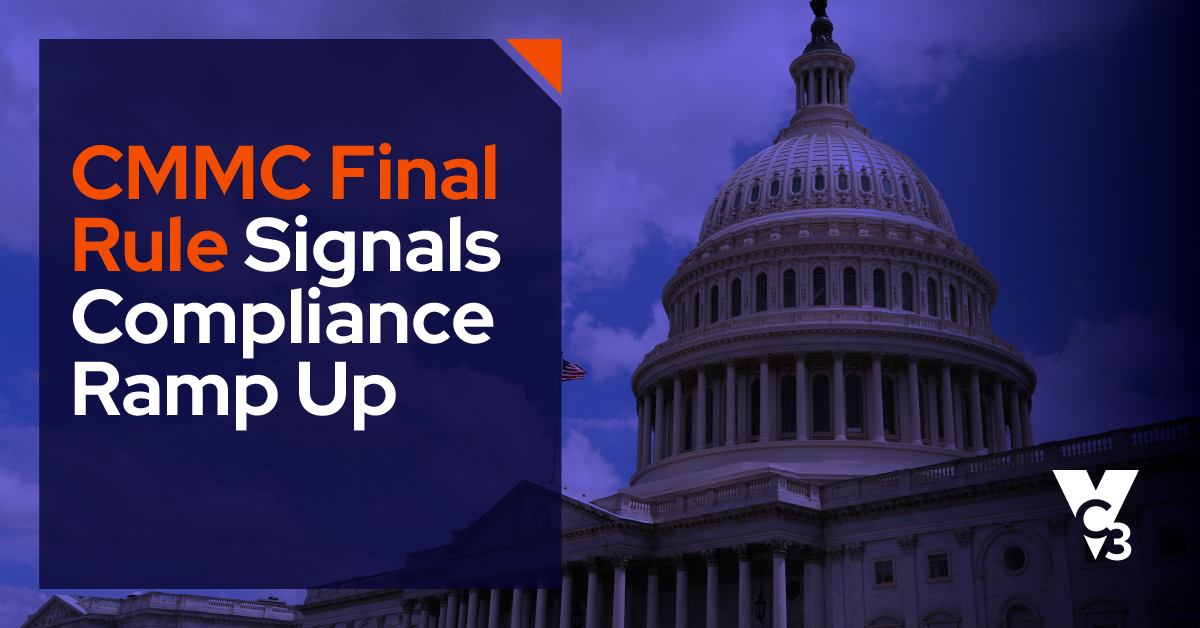A few years ago, we wrote a post about ADA-compliant websites in anticipation that the Department of Justice would create enforceable regulations in 2017. Since then, the nation has seen a spike in ADA-compliance lawsuits that include the targeting of municipalities. These lawsuits have become so numerous that municipalities fear getting hit with a lawsuit.
Currently, lawyers are aggressively identifying city websites that aren't ADA-compliant and then suing the city. These lawsuits are difficult to fight as measured against the ADA, and the award usually includes the city having to pay attorney fees and a requirement that the city’s website become ADA-compliant.
To give a brief overview of this situation, we’ve answered a few of your most common questions below and then provided additional resources if you want to learn more.

Why are there suddenly so many ADA-related website lawsuits?
While no single clear answer exists, a few data points suggest why there is increased legal interest:
- 2017 changes to Section 508 of the ADA that impact federal agencies: While these Section 508 changes only apply to federal agency websites, they also have an indirect impact on how people scrutinize and interpret the accessibility of state and local government websites. According to the US General Services Administration (GSA), “Even when Section 508 doesn’t apply, many non-federal websites are still required to be accessible under other laws, such as Section 504 of the Rehabilitation Act of 1973, or state or local laws.” The ADA says, “The Americans with Disabilities Act (ADA) and, if the government entities receive federal funding, the Rehabilitation Act of 1973 generally require that state and local governments provide qualified individuals with disabilities equal access to their programs, services, or activities unless doing so would fundamentally alter the nature of their programs, services, or activities or would impose an undue burden.”
- More cases going to trial setting legal precedents: According to Blank Rome LLP, “One significant contributing factor to this upsurge in litigation is a 2017 ruling by a Florida federal court judge in what is believed to be the first of these cases to go to trial. In that case, the judge held, after conducting a non-jury trial, that supermarket chain Winn-Dixie discriminated against the plaintiff (a blind man who sued more than 70 companies) because: ‘The factual findings demonstrate that Winn-Dixie’s website is inaccessible to visually impaired individuals who must use screen reader software . . . . Therefore, Winn-Dixie has violated the ADA because the inaccessibility of its website has denied Gil the full and equal enjoyment of the goods, services, facilities, privileges, advantages or accommodations that Winn-Dixie offers to its sighted customers.’”
- Legal and regulatory ambiguity: Again, according to the GSA, “The Department of Justice (DOJ) says that ADA requires any person, business, or organization covered under the Act to communicate effectively about their programs, services, and activities. This includes information provided through your website. In its Supplemental Advance Notice of Proposed Rulemaking on State and Local Government Web Accessibility, the DOJ explained that it was considering proposing WCAG 2.0 Level AA as the accessibility standard for websites and web content. The DOJ noted that WCAG 2.0 has become the internationally recognized benchmark for web accessibility. The Revised 508 Standards are based on WCAG 2.0. However, a final rule specifying technical standards under the ADA has not been adopted. Until the DOJ adopts specific technical requirements for web accessibility in a final rule, if you’re subject to the ADA, you have more flexibility in determining how to make your website compliant with the ADA’s general requirements of nondiscrimination and effective communication. Remember, you still must comply with applicable regulations (Title II for state and local governments, or Title III for public accommodations and commercial facilities).”
Altogether, the updates to Section 508, increased legal precedent, and regulatory ambiguity (or “flexibility”) have opened municipalities up to increased lawsuits.
Then why are municipalities getting sued?
Municipalities are not only incredibly visible public-facing entities, but they are also often lagging in website modernization. This lagging includes having websites that do not implement ADA-compliant best practices whether from a lack of capability, expertise, or staff knowledge. While businesses may commit equal or worse violations, municipalities are easy targets—especially if they haven’t modernized their websites.
Why isn’t the law clearer?
Two elements come together to create such legal ambiguity:
1. Vagueness in the 1990 ADA law: Passed in 1990 before websites existed, the ADA states that organizations cannot discriminate against people with disabilities when providing “public accommodation.” When “public accommodation” includes cyberspace, that notion comes with a completely different set of standards compared to making a physical place accessible in the real world. The 1990 law has not been comprehensively updated to account for cyberspace.
2. Lack of regulatory clarification around websites: According to a National Retail Federation article, “At one point the Department of Justice attempted to issue guidance for website accessibility. But the guidance was never finalized, possibly because the DOJ is not granted clear authority under the ADA to promulgate regulations. More recently, the DOJ announced that it would not issue any guidance as part of the Trump administration’s efforts at deregulation.” This leads to a political conundrum that often makes partisan politics unfortunate. Sometimes laws and regulations exist that hinder, rather than help, commerce and government operations. In these cases, regulatory clarification can help set a clear standard for organizations to meet. Otherwise, we see with the ADA that a lack of regulatory clarification means organizations must uphold a standard that’s not defined.
In this situation, who gets to decide the standard? Courts. The decisions of random judges create a legal path with many arbitrary zigs and zags as some courts are more lenient than others. It’s rare that a coherent standard emerges from such a path. With no national standard of ADA website compliance, court rulings are unpredictable. The only people that benefit in this situation are the lawyers, as this deregulated environment combined with a vague ADA law gives law firms plenty of lawsuit opportunities.
Are cities really at risk?
Yes. According to a Governing article, “Since 2011, more than 142 municipalities were sued on the basis of accessibility non-compliance. Federal lawsuits are on the rise as well, with the number of federal website accessibility lawsuits nearly tripling in 2018 compared to the year prior, to 2,258 suits. Municipalities are not only vulnerable to lawsuits from local citizens who are seeking fair access. According to many reports, serial plaintiffs are browsing the Internet, seeking violations in a variety of public and private sector industries. Recently, it has been municipalities that have become easy targets for those searching for violations and seeking injunctive relief, and even monetary damages.”
More specifically, an Orlando Sentinel article notes, “Over the past year, a flurry of lawsuits have been filed in federal courts contending that many of the public documents on government websites and businesses are not completely accessible to people who have problems seeing or hearing. Nearly 2,000 suits were filed in 2018 alleging website accessibility issues for the disabled. The lawsuits demand that websites should be equipped with software that allows the legally blind to read documents. Deaf people, or the hard of hearing, should have videos with closed-captioning of government meetings, the suits contend. For example, Daytona Beach resident Joel Price, who is legally blind, recently sent a letter to Altamonte Springs City Manager Frank Martz requesting that the city make available on its website budgets for the past four years and all City Commission agendas, along with backup material, since 2015.”
These ADA-compliant website lawsuit threats are real and could happen to your city, although most of the lawsuits have originated in New York and Florida.
What can cities do?
The best advice is still the advice we gave in 2017: be proactive and get ahead of any laws, regulations, and lawsuits. Making your website ADA-compliant is the right thing to do, regardless of how the law threatens you about it.
Here are some resources that can help you:
- Make Your Website ADA-Compliant: Best Practices for Cities
- ADA Compliant Websites: what cities need to know (Florida League of Cities)
- ADA Compliant Website Resources (Florida League of Cities)
- Do Section 508 Accessibility Standards Apply to My Website? (General Services Administration)
- Web Content Accessibility Guidelines (WCAG) 2.1 (W3C)
Also, keep in mind that your website technology alone won’t solve your compliance problems. A key ADA-compliance risk is with your content management system (CMS). Anyone who adds website content needs to be familiar with implementing accessibility guidelines. Otherwise, they may add website content that is not compliant.
Need some help and guidance around making sure your website is ADA-compliant? Reach out to us today.
Original Date: 5/8/2019





